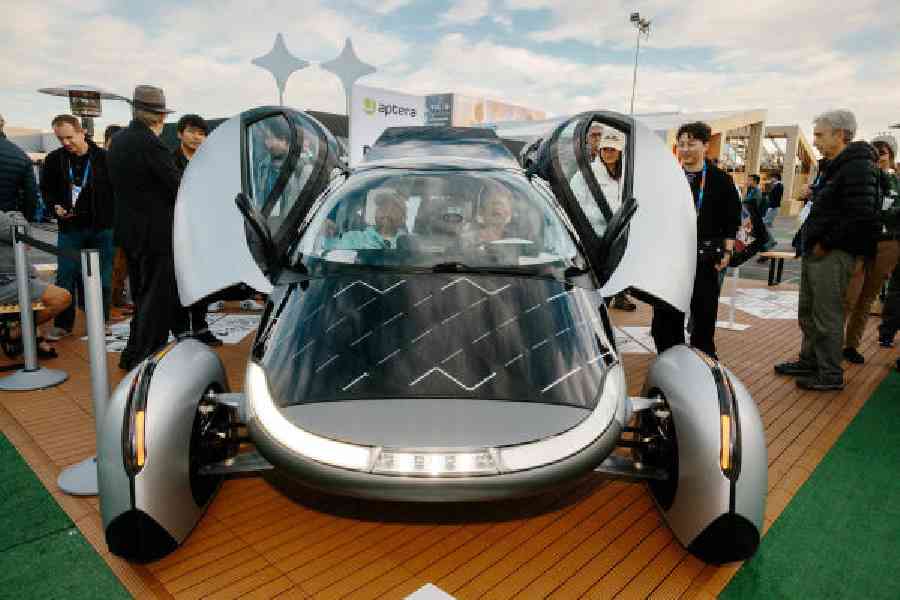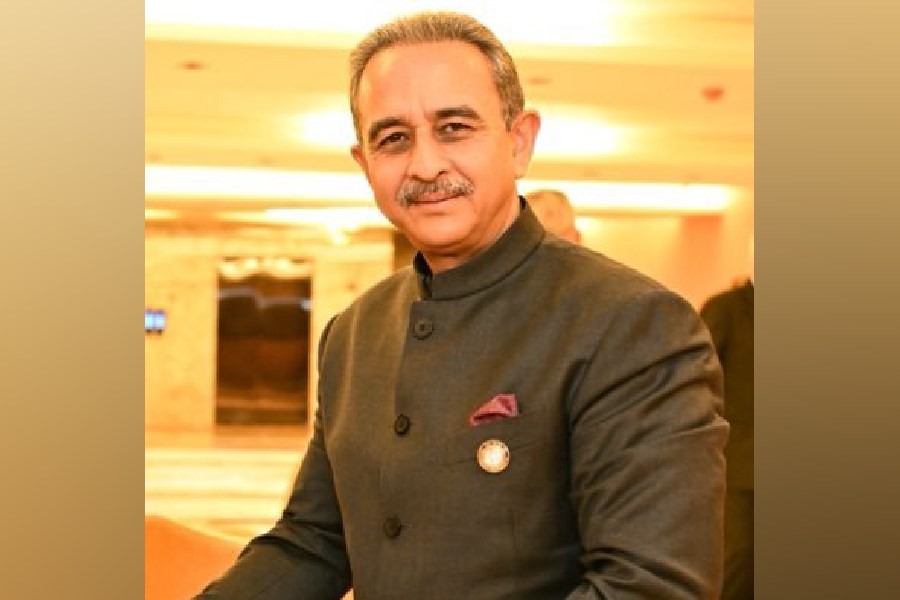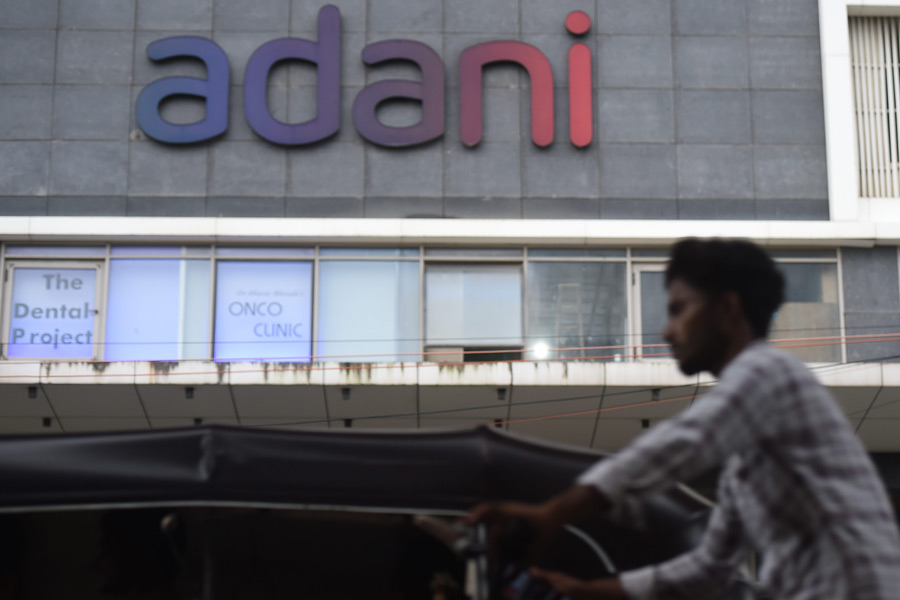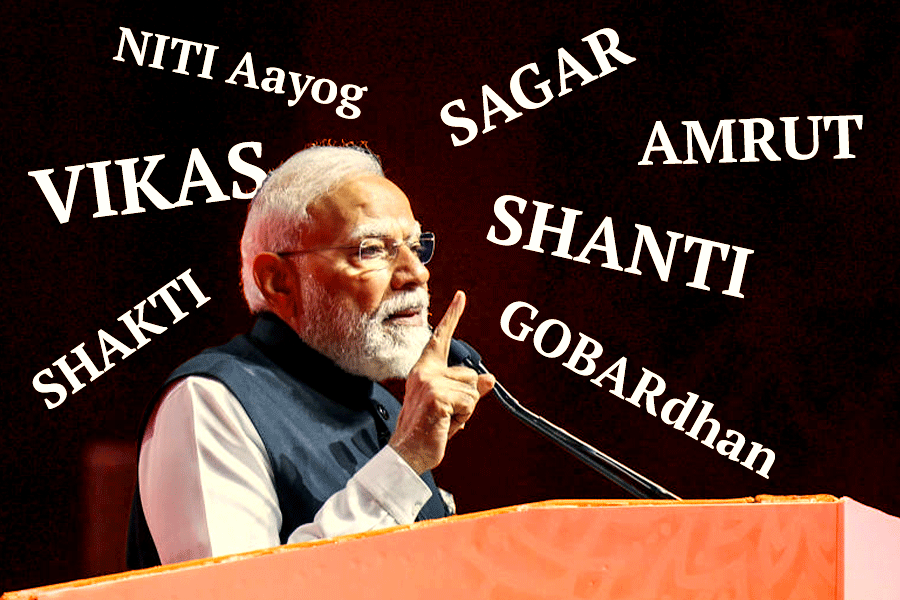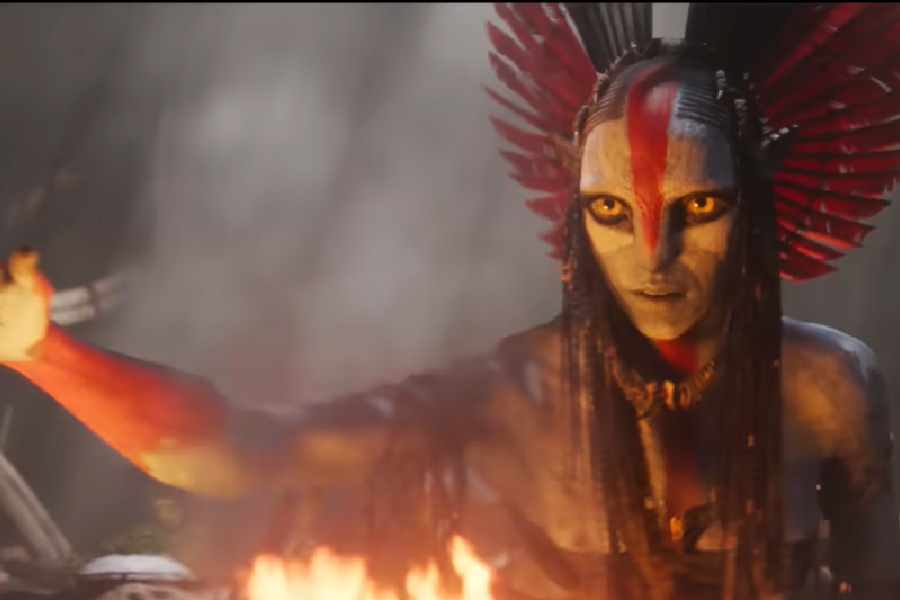Every year, tens of thousands of people flock to Las Vegas, US, to see the latest innovations at CES, an enormous consumer technology exhibition.
This year, the show drew more than 4,500 exhibitors, from car companies like Mercedes-Benz to computer giants like HP. Most offered demonstrations and hands-on experiences of cutting-edge tech still under development.
New robotics, autonomous vehicles and immersive virtual reality experiences dominated. Visitors got a glimpse into a possible future that could involve playing ultrarealistic video games and riding in cars powered by the sun.
Attendees could also pose for selfies with Booster Robotics’ T1 model, a short humanoid robot that performed feats of dexterity.
Tech giants like Meta have long been pushing virtual reality headsets. Companies pitch the devices — which typically feature large plastic goggles — as the future of everything from gaming to office work. But the technology has been adopted in fits and starts.
The technology was front and centre at CES, as attendees experimented with the latest in immersive gaming.
At one booth, people lined up to try a game about fighting monsters. VR headsets and haptic seats, which recreate the feeling of motion and touch, blended the video game with the experience of an amusement-park ride.
The trade show’s annual keynote highlights major tech trends. This year, Jensen Huang, CEO of Nvidia, pitched a jam-packed audience on the power of artificial intelligence. During his hourlong talk, Huang demonstrated the high-tech chips’ capabilities in gaming, robotics and autonomous vehicles, displaying AI-generated images on a giant screen behind him.
The AI frenzy took over other parts of CES, too, thanks to the race to build the best chatbots and tools that can generate images, videos and text.
For those who wanted to see how the AI sausage was made, there were close-up peeks at the chips and servers powering the technology. Other exhibitors zoomed out, offering demos of experimental AI-powered autonomous vehicle features.
Hyundai Mobis, a car parts manufacturer, demonstrated technology called M.Brain, which used a sensor to monitor drivers and warn them if they became distracted. The technology tracked brain waves, trying to detect stress and attention levels.
Aptera, a vehicle maker from California, US, showcased its solar-powered car.
Attendees seeking an opportunity to sit inside and check out the driver console waited at an outdoor plaza where the futuristic car was soaking up the sun. At least one of the vehicles made it onto the road for a test drive.
CES hosts international tech makers from a bevy of countries. Ukrainian tech companies presented in a small pavilion dedicated to the nation’s innovations.
Several drone makers displayed their wares. Attendees got a peek at SkyFall, a kamikaze drone system developed for use in the war in Ukraine, and drones made by the Ukrainian company DroneUA.
Robots had a huge presence at the show. Some were aimed at finding a place in the home.
A Tokyo startup, Yukai Engineering, showed off a cat-shaped robot (see pic) that perched on the edge of a cup or a plate to blow air and cool off food or drinks.
And while robots have made inroads into the world of manufacturing, those that can truly replace humans are still few and far between. Some exhibitors were working to change that.
Ti5 Robot, a company that makes industrial robots and parts for humanoid robots, displayed a new robotic hand at its booth, one of several on display at CES. Ti5’s version had rubber fingertips for extra grip.
Richtech Robotics, which makes robots for businesses, showed off a variety of human-ish helpers.
At one booth, a small crowd formed around an orange robot with a foxlike face, made by Enchanted Tools. The robot, known as Mirokaï, was designed as a greeter for use in hospitals and other medical settings.
One human replacement on display was a holographic customer service agent made by Holoconnects, a hologram company from the Netherlands. Its holographic agents are designed to offer directions or chat with shoppers in retail settings.
The show provided a telling glimpse of where technology is headed.

